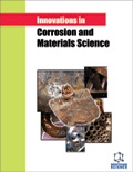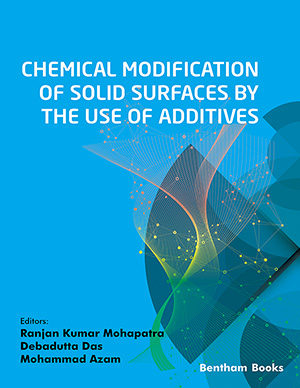Abstract
FAC, Flow Accelerated Corrosion, arises in the inside wall surface of carbon steel pipes which carry boiler supply water. Metal loss rates due to this sort of corrosion is relatively high; 1mm/y usually, over 4mm/y some cases. Damage areas are comparatively wide: the axis-directional extent of the hole created in pipe wall is several times of the pipe diameter.
The EPRI, Electric Power Research Institute USA, presented the corrosion rate-predicting equation to estimate the corrosion rate from a lot of parameters: properties of boiler supply water such as temperature and pH, dissolved oxygen concentration, etc., as well as flow conditions such as flow velocity, etc. The accuracy of estimation, however, was very low.
This author interprets this failure as follows: FAC is not uniform corrosion but localized corrosion, whereas the metal loss rate of uniform corrosion is dependent on the physical properties and the flow conditions of water as well. The metal loss rate of localized corrosion is dependent only on the difference in “anodic dissolution rates”.
Anodic dissolution rates are dependent on the temperature because it concerns chemical reactions. The degree of the temperature dependency of the rate in ordinary temperature range is, however, small. So that, usual temperature gradient cannot cause any difference in anodic dissolution rates to initiate any localized corrosion.
Nevertheless, in case of carbon steels, there is singular temperature range where the temperature dependency of anodic dissolution rate is reversed and decreased. It is the range called passivation.
In this temperature range anodic dissolution rate decreases rapidly with temperature because the composition of oxide which deposits in the corroding surface approaches that of passive state film. As a result, even a small temperature gradient brings about great difference in anodic dissolution rate, and localized corrosion occurs.
The concentration of dissolved oxygen in the surface of carbon steel submerged in water is dependent on oxygen supply rate from bulk. Anodic dissolution rate is lower at the surface where the oxygen supply is higher because iron oxides of higher grade are generated there which suppress metal dissolution. Anodic dissolution rate is higher at the surface where the oxygen supply is lower because lowgrade oxides arise. Thus, differences in the rate of dissolved oxygen supply bring about differences in anodic dissolution rates, and this causes localized corrosion.
In stagnant water areas in pipe flow, oxygen supply to the pipe wall surface is apt to be retarded. Accordingly, differences arise in anodic dissolution rate between the stagnant water area and the surrounding. Thus, the localized corrosion is easy to be generated at those locations.
In short, temperature gradient, passivation and stagnant water are three main factors which bring about the localized corrosion which was named “flow accelerated corrosion” by the EPRI. Based on the generation mechanism described above, technique to detect and mitigate the localized corrosion was presented. Technique to protect pipes from rupture, even if the detection of the corrosion failed, was also given.
Keywords: Carbon steel pipes, flow accelerated corrosion (FAC), metal loss rates, boiler supply water, thermal power plants, nuclear power plants.
 61
61 1
1 1
1





